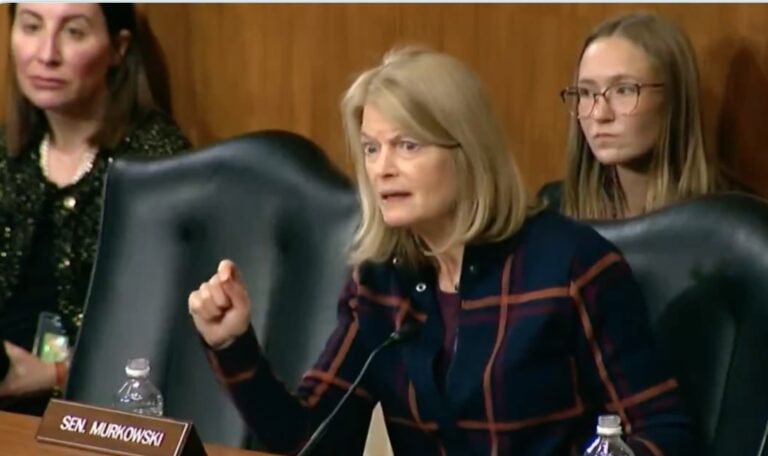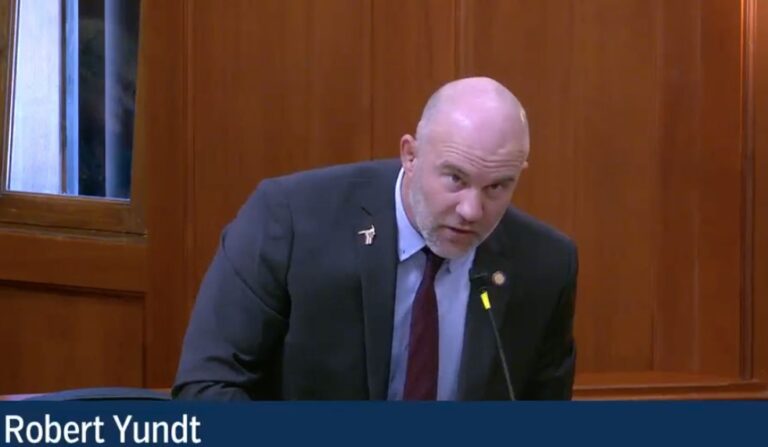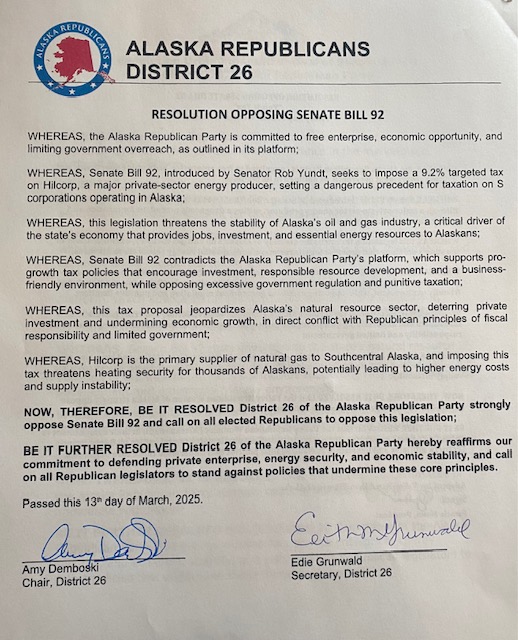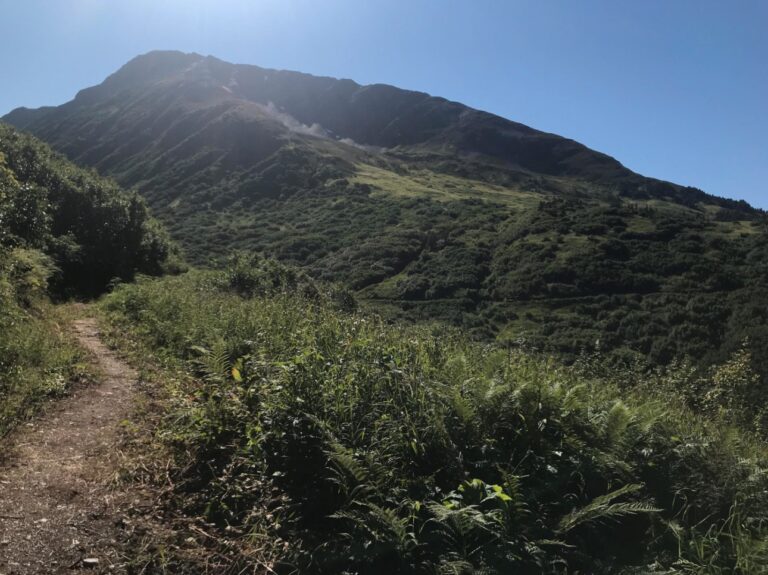By DAN FAGAN
As the saying goes, when you find yourself in a hole, quit digging.
There’s little doubt Gov. Mike Dunleavy’s plan to expand Alaska state government by creating a brand new Department of Agriculture is unpopular. Especially on social media, where 99% of those commenting say they don’t like the governor’s idea. It’s become a topic of ridicule.
The governor’s advisors should have seen this debacle move a mile away. After all, they’ve been at this for six years, and they might have learned a thing or two about rolling out an initiative as big as an executive order expanding government.
The timing could not be worse. President Donald Trump and Elon Musk are putting on a clinic showing how big and bloated the federal government has become. So much unnecessary and foolish spending!
Meanwhile Dunleavy’s team is putting on a clinic demonstrating how to not read the room.
It’s like bell bottoms are all the rage and you show up to a party with skinny jeans.
Alaskans are very aware that as bloated as the federal government is, it’s just as bad in the 49th State, where the number of state government employees exceeds twice the population of Wasilla alone. Per capita, Alaska has five times the state employees as some states and double the number of most states.
But it’s the governor’s team’s ever changing story on the unpopular expansion plan that really has us scratching our heads.
His office first claimed the creation of Dunleavy’s new Department of Agriculture would cost $2.7 million. But they then changed their story, claiming there would be little or no cost to create the department because existing staff would be transferred and reclassified.
So which is it?
Those versions were followed by a nine-minute video produced to promote his new department. In it, Dunleavy attempted to address the fears of those worried about how he would pay for the expansion. If the governor is addressing how he’ll pay for his new department, he must be back to the notion his plan will indeed cost something.
“…eventually, hopefully sooner rather than later, some of the proceeds from what the farmers are growing begins to help to pay for that department,” said Dunleavy.
It seems obvious taking “proceeds from what farmers grow” is a tax on the very farmers he claims he wants to help. It’s certainly not a stretch to assume that.
Farmers grow crops, they sell them for proceeds, and then the state swoops in and takes – or one could say tax – those proceeds to pay the salary of bureaucrats.
When the governor’s taking proceeds from farmers comment was pointed out here in Must Read Alaska, his plan went from being in intensive care to being on life support.
But the governor’s team kept digging, issuing a statement claiming Dunleavy’s “taking proceeds from what farmers grow” comment was not a call for tax on farmers.
“The ‘Proceeds’ that I was referencing in my video had to do with agricultural land sales to help underwrite aspects of the ag department,” wrote Dunleavy in response.
But in his video he said nothing of land sales. He said “proceeds from what farmers grow.”
So which is it? Proceeds from what farmers grow or proceeds from land sales. These are two very different things.
After posting my original story about the governor’s plan to tax farmers on Facebook, the governor’s policy advisor, Andrew Jensen, posted this response on my page:
“Latest load of garbage. Funny you’re still promoting this even after your entire premise was debunked.”
I’m reminded of “The Adventures of Tom Sawyer,” in which the lead character Tom Sawyer said, “Your saying so don’t make it so.”
Jensen claiming Dunleavy didn’t say what he clearly said is hardly a “debunking,” even if the governor’s policy advisor wishes it so.
The real question is how did Jensen not catch Dunleavy’s call for taxing farmers? Was he on a smoke break when the video was recorded? How could a policy adviser miss what was not exactly a nuanced reference to proceeds from what is grown being used to pay for the department itself.
Seasoned political handlers know when your hole gets deeper and deeper, stop digging. It appears that after six years of practical experience, the “Standing Tall” governor is still somewhat short on advisors who understand this basic fundamental principle.
That said, the governor seems very sincere and passionate about addressing food insecurity in Alaska. It’s not as though he has a selfish motive here. But his government-centric approach to solving Alaska’s dependence on outsiders for food is not sitting well with his base. You would think his advisors could have seen this one coming, but perhaps they have lost touch with the base altogether.
Dan Fagan reports and writes columns for Must Read Alaska. He’s covered Alaska politics for close to 30-years. He currently hosts a morning drive radio talk show on 1020 am 92.5 and 104.5 fm on KVNT. For news tips, email Dan at [email protected]









